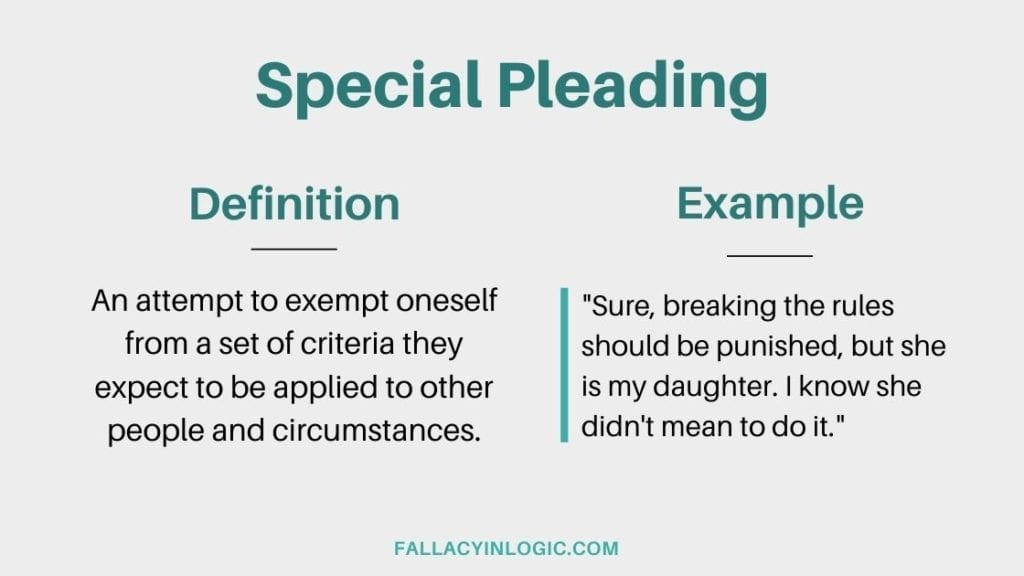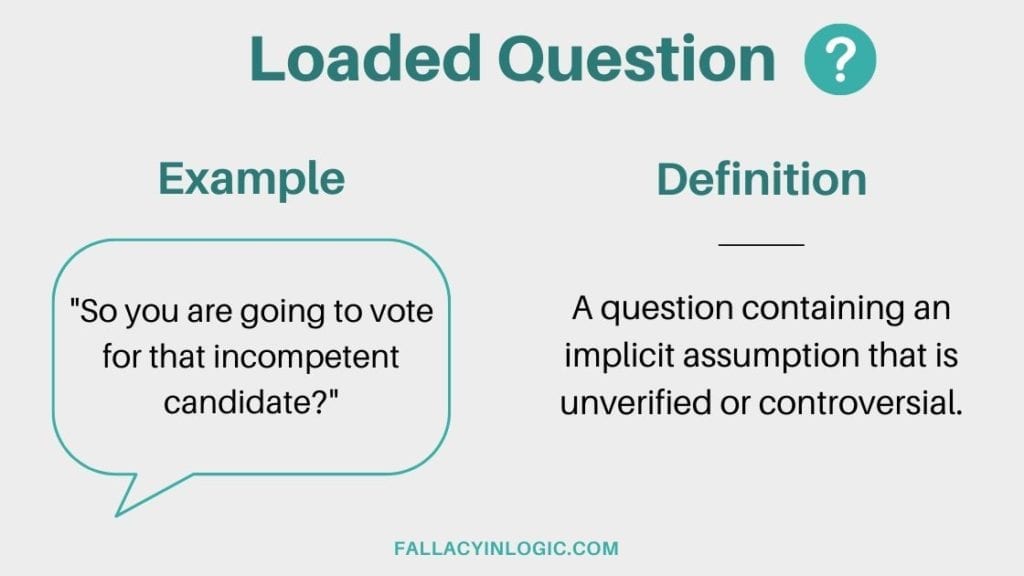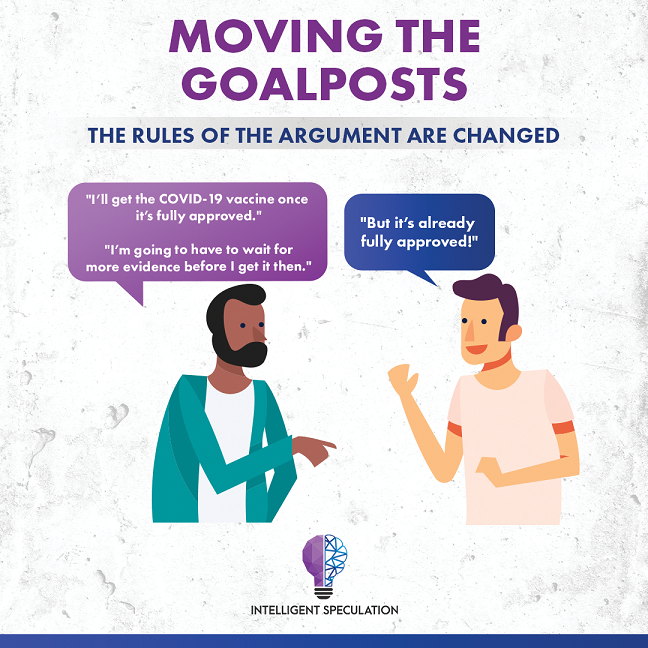Bad arguments are everywhere, be it on debates, news or on social media, there’s always faulty reasoning and dishonest methods of persuasion. Done either knowingly or not, or with whatever intent, everyone’s guilty of it to some degree. Often this is done through mistakes and misuses of logic, called “fallacies”.
A fallacy is the use of faulty reasoning within an argument. They are of 2 types; formal fallacies, in which the logical process and deduction is wrong and informal fallacies, in which the content or context of the argument renders it invalid. A point to note is that informal fallacies are often simply referred to as “logical fallacies” especially in everyday usage. Here we shall see a few of the commonly used informal fallacies and a few examples. (Note that some of their names are just delightful :D)

Argumentum ad Hominem (Argument against the person)
Arguably the most unethical of the fallacies, this is when you attack your opponent’s personal traits or character to undermine their argument in front of an audience. This can take the form of directly ridiculing them or passively casting doubt in the audience about your opponent’s character. Such ad hominem attacks are used to discredit the opponent’s argument without actually engaging with it.
Examples:
“You cheated and lied to your wife, but you expect the jury to believe you now?”
“Well, it’s not like you graduated from a good school, so I can see why you wouldn’t know how to properly grade a writing assignment.”
Begging the question:
This can be simply explained as circular logic and is quite a common fallacy. It is the case where the premises of an argument already assume that the conclusion is true, without any further explanations as to why. Hence the argument may be falsely assumed to be correct but actually has no evidence in support of it.
“The Apple iPhone is the best smartphone on the planet because no one makes a better smartphone than Apple does.”
“This granola bar is the healthiest thing you can eat because it’s made with all-natural ingredients.”
(Assumes that having all-natural ingredients necessarily implies that it is the healthiest food)

Slippery Slope Fallacy
Now for the one that might sound the most illogical and outright ridiculous on the arguer’s part, the slippery slope fallacy. This is when you assert that some relatively insignificant event will lead to an extreme, often impossible outcome without proper explanation of the process, akin to a small mishap causing a major slip down a slope. These arguments often invoke illogical fear and unnecessary concern in the listener and so derail the debate from facts and logic to the region of emotion.
“If we allow the children to choose the movie this time, they are going to expect to be able to choose the school they go to or the doctors they visit.”
“If you allow the students to redo this test, they are going to want to redo every assignment for the rest of the year.”
Moving the goalposts:
This fallacy is the case where you make an exception when your claim is proven to be false, in an attempt to still prove you’re right. This very common mistake arises because of one’s reluctance to change their opinions in the face of contradicting proof and the belief that the truth of their claim must be defended.
Strawman:
If you misrepresent your opponent’s argument to make it easier to attack, then you would have committed the strawman fallacy. Just as it is easier to impale a straw man than a real human, it would be easier to take your opponent’s words out of context or oversimplify or exaggerate their argument and poke a hole in its logic, then consider their position defeated. Use of this fallacy is in fact, very common and is often done unknowingly as well.
Examples:
1) Wife: I’d rather have a dog than a cat.
Husband: Why do you hate cats?
(Instead of asking why she prefers a dog over a cat, he assumes or pretends that it is because she hates cats. Arguing against the hate of cats and proving it is unjustified would be easier than refuting whatever less-extreme reasons she actually has; hence he may be under the impression that he won the argument.)
2) Advocate: Self-driving cars are the natural extension of active safety and obviously something we should do.
Opponent: You just value new technology over people’s jobs. Switching to self-driving cars will endanger driving jobs in the transportation industry. Those jobs are important to the economy and the community.
(The opponent accuses the advocate of something they didn’t say. The neglect of people’s jobs in favour of new technology is controversial and easy to condemn. If the advocate responds to that comment by the opponent, then the debate will be derailed)

Many of the above and other fallacies not mentioned here are often committed in public debate and would have indirect if not sometimes direct consequences for public opinion regarding a particular topic. With a little effort, we can learn to minimize such mistakes ourselves and spot them whenever possible, even in private discussions. Furthermore, it would be the most effective if we strive to be polite and address the argument rather than attack the person making the argument. That being said, it is often quite a difficult task. However, it may be necessary if we are to advance rational debate and reach the truth.
Written by: Pramudith Fernando
References:
https://yourlogicalfallacyis.com/
https://examples.yourdictionary.com/straw-man-fallacy-examples.html
https://www.softschools.com/examples/grammar/slippery_slope_examples/391/
https://examples.yourdictionary.com/reference/examples/begging-the-question-fallacy-examples.html
Image Credits:
Cover image: https://bit.ly/3qVlKQO
Content image1: https://bit.ly/3LybDtf
Content image 2: https://bit.ly/3DyAl9Z
Content image 3: https://bit.ly/3uNJOXa
Content image 4: https://bit.ly/3NE5nSq


